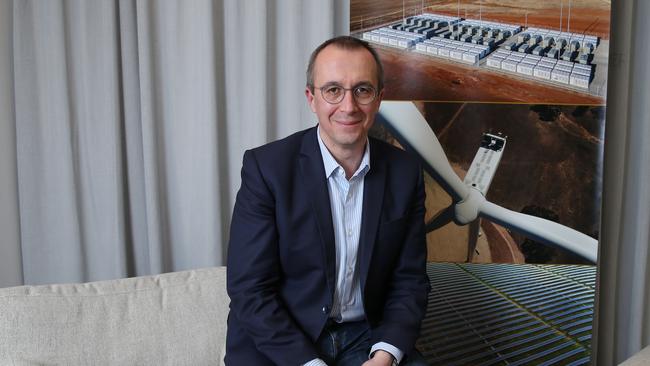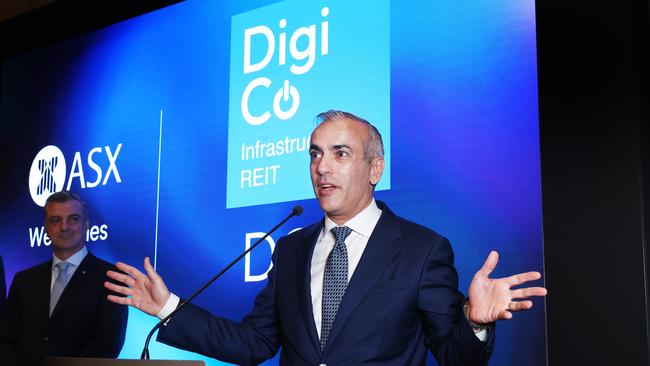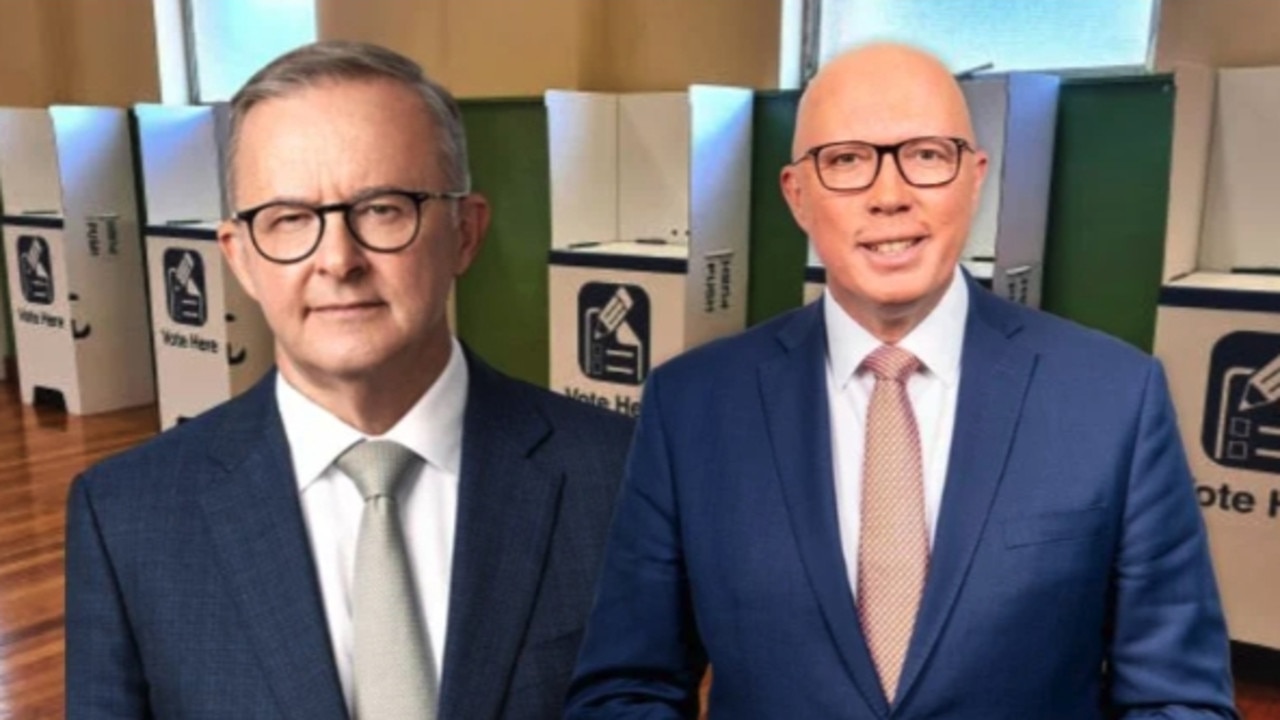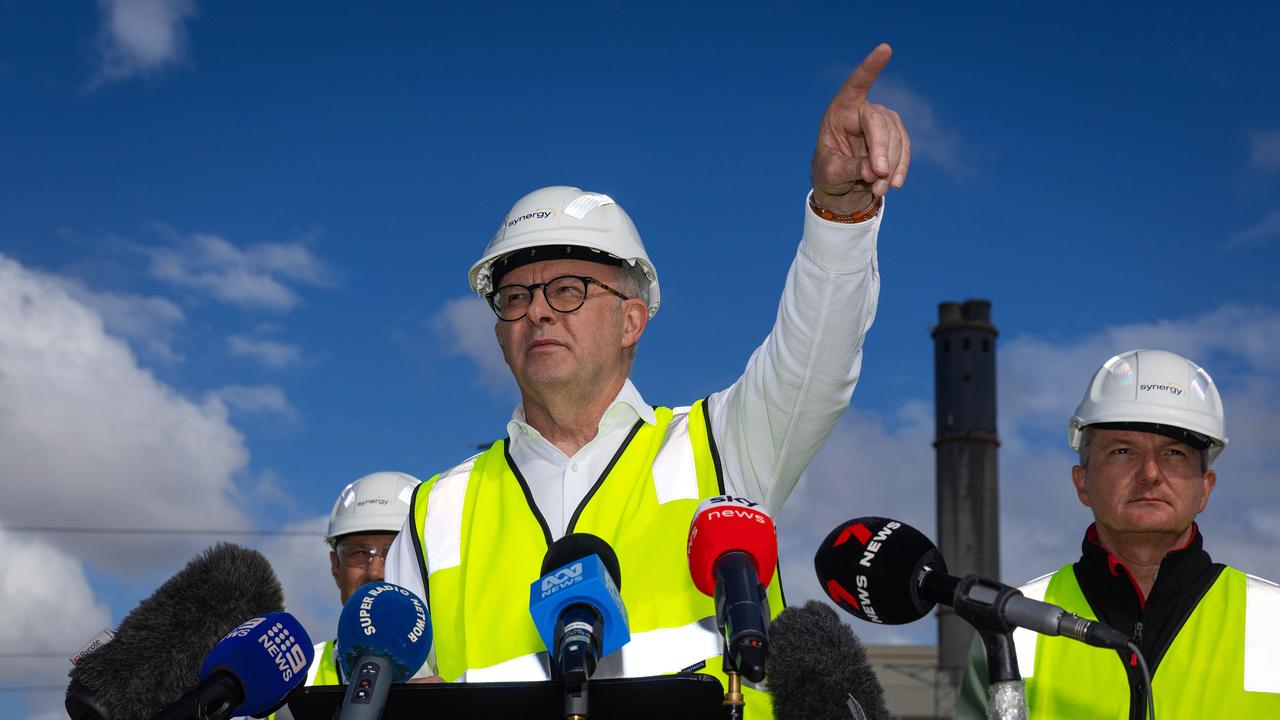Neoen raises $1.4bn to fund new renewable developments
The funding will allow one of Australia’s largest renewable energy developers to accelerate developments as it targets 10GW of new capacity.

Neoen, one of Australia’s largest renewable energy developers, has raised $1,4bn to fund a spate of new zero emission projects as the soon-to-be owned Brookfield company moves to accelerate development of some 10GW of new projects.
The new funding will support and add a total of 1.3GW of new wind, solar and batteries to Neoen’s asset pool, much needed as Australia struggles to meet its ambitious energy transition goals. The federal Labor government has set a target of having renewable energy generate 82 per cent of the country’s power by 2030 – a plan many believe Australia is not on course to achieve.
In a boost to those efforts, Neoen said it has raised $1.4bn from 11 Australian and international lenders. The developer said it will use the funds to cover two large batteries in Queensland and WA and a giant solar farm in NSW.
Neoen said the funds will also allow it to add three solar farms in NSW and a wind farm in Queensland to its operational facilities.
Jean-Christophe Cheylus, Neoen Australia’s chief executive, says the funding provides the foundations for future growth.
“This transaction underlines the unique depth of our portfolio in Australia. It serves to strengthen our owner operator business model and provides us with a solid foundation for future growth,” he said.
The Clean Energy Finance Corporation, Australia’s green bank, was one the 11 lenders.
CEFC chief executive Ian Learmonth said the investment underscores the critical nature of storage in Australia’s energy transition.
“Long and short duration storage assets are critical to building an energy network fit for purpose in the 21st century, enabling Australia to capitalise on its abundant natural resources of wind and solar to decarbonise the grid.” said Mr Learmonth.
Other lenders include ANZ and Westpac.
The funding sets Neoen up for its next stage of growth, likely to be under new owners. Brookfield earlier this year agreed to a $10bn deal to acquire Neoen after its near $20bn offer for OriginEnergy failed.
Brookfield had said it planned to nearly triple Origin’s renewable energy pipeline, a commitment that won favour with Australian authorities, who were keen to accelerate Australia’s transition away from fossil fuels.
But the deal collapsed at the final hurdle, and Brookfield instead turned to acquiring Neoen – already one of Australia’s largest renewable energy developers.
The deal sparked some competition concerns as Brookfield already owns AusNet, the sole transmission company in Victoria, but the ACCC said it would allow the deal if the private equity company sold assets in the state.

Neoen earlier this month struck a $950m deal to sell its 2.8GW Victorian renewable energy assets to HMC Capital, a deal that clears a major inhibitor for Brookfield and catapulting the fund into one of the largest operators of renewable generation assets in the country.
HMC Capital earlier this year launched its Energy Transition Fund, chaired by former prime minister Julia Gillard. It is targeting raising an initial $2bn by mid 2025,
The Brookfield acquisition is on course to close early 2025 and the Canadian private equity giant will push the developer to move quickly to roll out new developments.
Brookfield will then be vying with Andrew Forrest Squadron Energy for the country’s largest renewable energy developer as both set ambitious growth targets.
The Albanese government is keen for both to materialise as it struggles to convince voters that its plan is viable and will work to lower utility bills.
To break the impasse, Labor last year promised to underwrite a massive expansion of 32GW of new wind, solar and battery projects and Squadron’s ambition would go a long way to meeting the goal of the government.
The so-called capacity investment scheme government scheme sees developers guaranteed a minimum return on new solar and wind projects. Under the scheme, should the wholesale electricity price fall below an agreed threshold – taxpayers will compensate the renewable energy project. Should the wholesale electricity price exceed a metric, developers pay the government – a design that removes revenue risk from developers and accelerates much-needed investment.
The government also said it would streamline planning approvals for new solar and wind projects, which can often take years to secure final approvals.






To join the conversation, please log in. Don't have an account? Register
Join the conversation, you are commenting as Logout